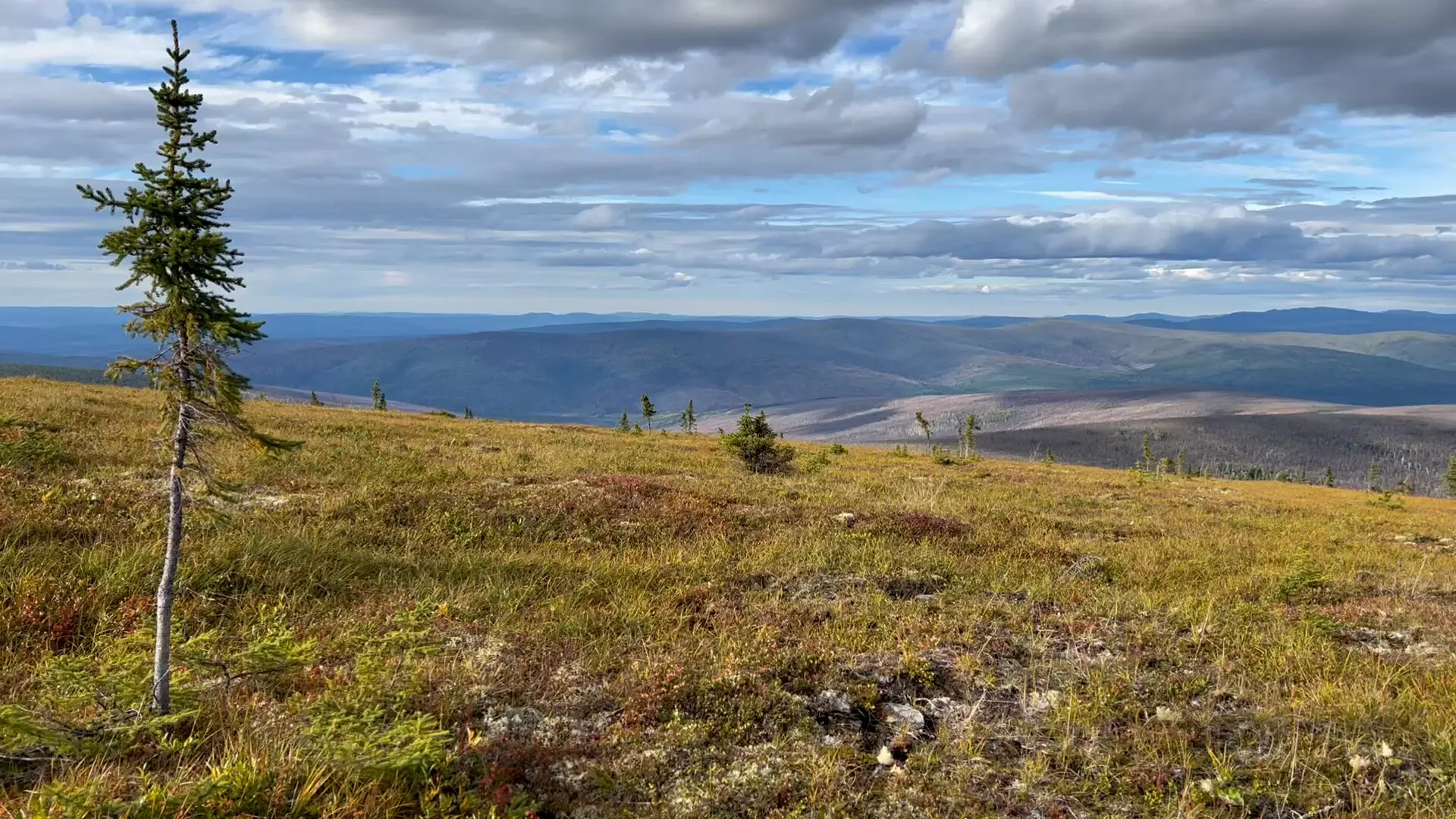The ongoing climate crisis is producing profound shifts in ecosystems, particularly in the boreal forests and tundra regions of the far north. As global temperatures continue to rise, researchers from NASA have uncovered significant changes in the vegetation structure of northern forests, prompting crucial questions about their environmental implications. This article delves into the findings from a recent study, examining the factors contributing to these shifts and their potential long-term effects on the planet’s climatic and ecological systems.
The research spearheaded by NASA scientists indicates that the vegetation structure in northern latitudes—encompassing vast landscapes in Alaska, Canada, Scandinavia, and Russia—is undergoing a noteworthy transformation. This alteration is not merely superficial; it speaks volumes about the underlying ecological dynamics that play a crucial role in the biosphere’s health. With more trees and shrubs appearing, the once-menacing tundra is making way for an increasingly verdant landscape. The implications of this transformation are complex and encompass issues of carbon dynamics, biodiversity, and habitat stability.
Historically, these northern ecosystems have been characterized by their harsh climates, short growing seasons, and a predominance of permafrost. The vegetation in tundra regions has been primarily composed of hardy shrubs, mosses, and grasses that have adapted to these extreme conditions. However, data from NASA’s Ice, Cloud, and land Elevation Satellite 2 (ICESat-2) and historical observations from Landsat have highlighted a marked “greening” trend—one that aligns with climate models’ predictions for the future.
The study utilized an extensive dataset, comprising nearly 20 million data points from ICESat-2 and thousands of Landsat images taken between 1984 and 2020, to scrutinize the vegetation patterns in these ecosystems. With advanced machine learning algorithms and rigorous climate modeling, researchers were able to project the persistent shifts in vegetation structure expected to unfold over the coming decades, potentially lasting through the end of the century.
Paul Montesano, the study’s lead author, emphasized that this research contributes significantly to our understanding of vegetation dynamics, noting specific trends in transitional forests—the areas where boreal forests intersect with tundra ecosystems. The projections indicate not only that more abundant and taller trees will dominate these landscapes, but also that the underlying structures of these ecosystems will be robustly altered.
One of the most pressing concerns regarding these changes is their effect on carbon sequestration. As North American boreal forests undergo transformation, the increase in vegetation has the potential to absorb larger amounts of carbon dioxide (CO2) through photosynthesis. This process could mitigate some of the detrimental impacts of rising atmospheric CO2 levels. Shrubs and trees serve as vital carbon sinks, storing carbon in their biomass and in the soil beneath them.
Conversely, these same alterations might also catalyze an acceleration of permafrost thawing due to increased absorption of solar radiation by darkened foliage. This phenomenon threatens to release ancient carbon stores previously locked away in the permafrost, producing alarming consequences such as heightened greenhouse gas emissions, notably CO2 and methane. Thus, while the greening of the northern landscapes can be seen as a potential silver lining, the related risks necessitate vigilant monitoring and updated climate models.
The sophisticated technologies employed in this research signify the growing importance of satellite data in climate science. The ICESat-2 mission’s laser-based lidar technology stands at the forefront of these advancements, allowing scientists to measure vertical vegetation structures with unparalleled accuracy from orbit. Coupled with resources like the Landsat mission, these tools enable researchers to conduct comprehensive analyses of historical and contemporary climate patterns.
As Melanie Frost, a remote sensing scientist at NASA, observed, the changing climate is intertwined with virtually every aspect of nature, driving the need for enhanced predictive modeling. The blending of satellite data with machine-learning methodologies positions researchers to better understand and prepare for the ecological transformations that await.
The alterations in northern vegetation structures prompted by global warming underscore the intricate connections within our planet’s ecosystems. While the potential for enhanced carbon absorption through increased vegetation poses a glimmer of hope in the fight against climate change, it remains crucial to acknowledge the risks associated with permafrost thawing and methane emissions. As research continues to evolve, the need for immediate and concerted action against climate change has never been more pressing, as the natural world adapts to the consequences of human activity. The future of our climate hinges not only on the strategies we employ to mitigate these changes but also on our understanding of the complex systems that sustain life on Earth.


Leave a Reply